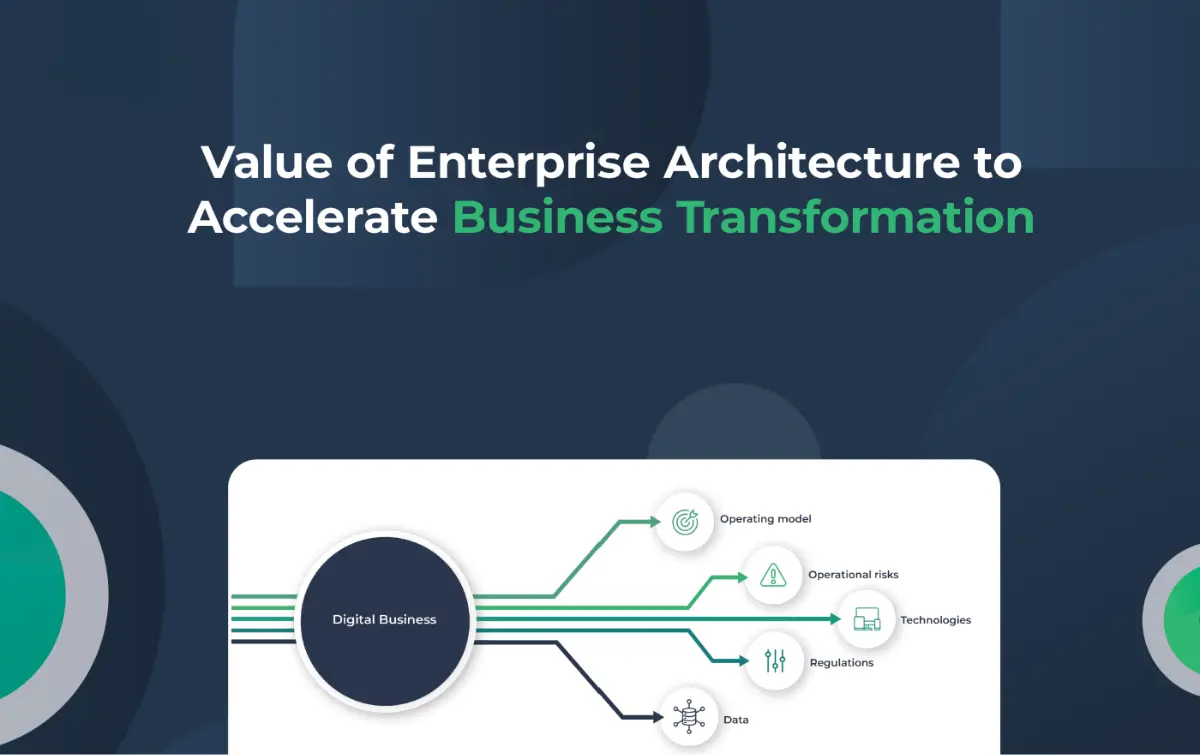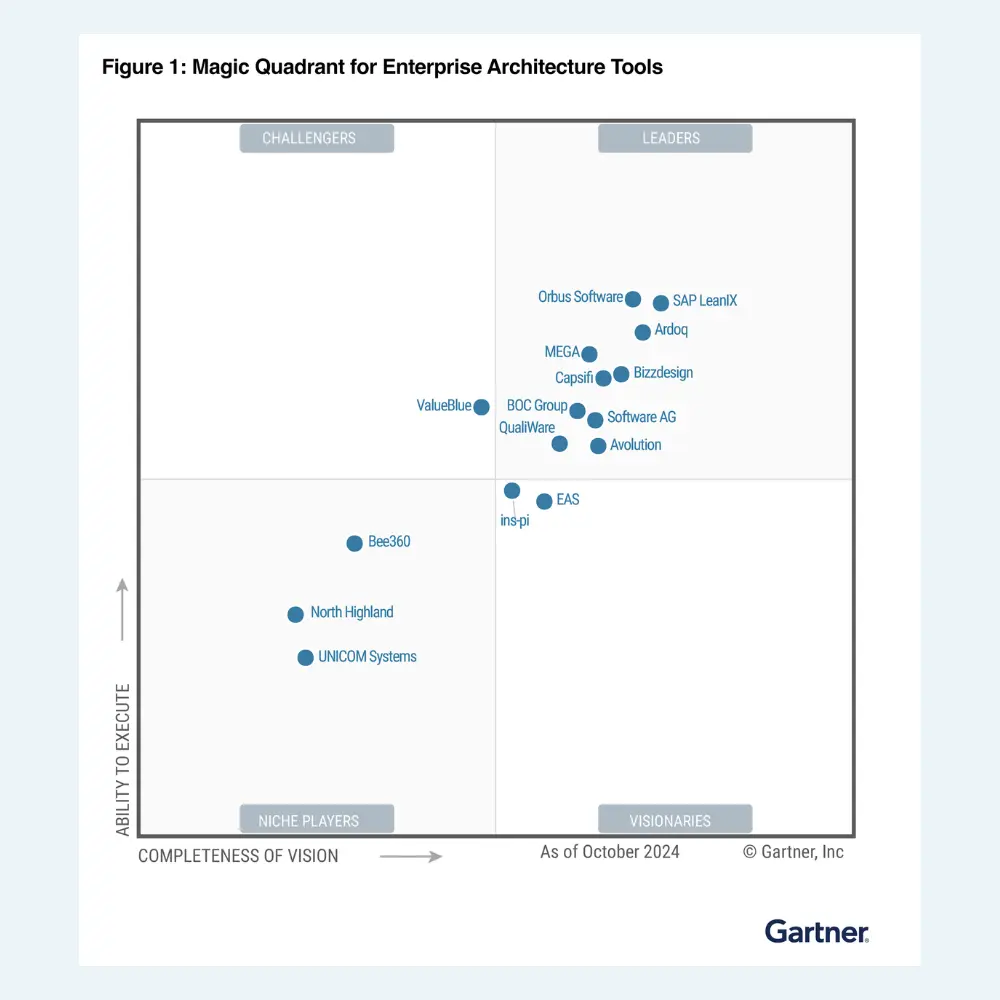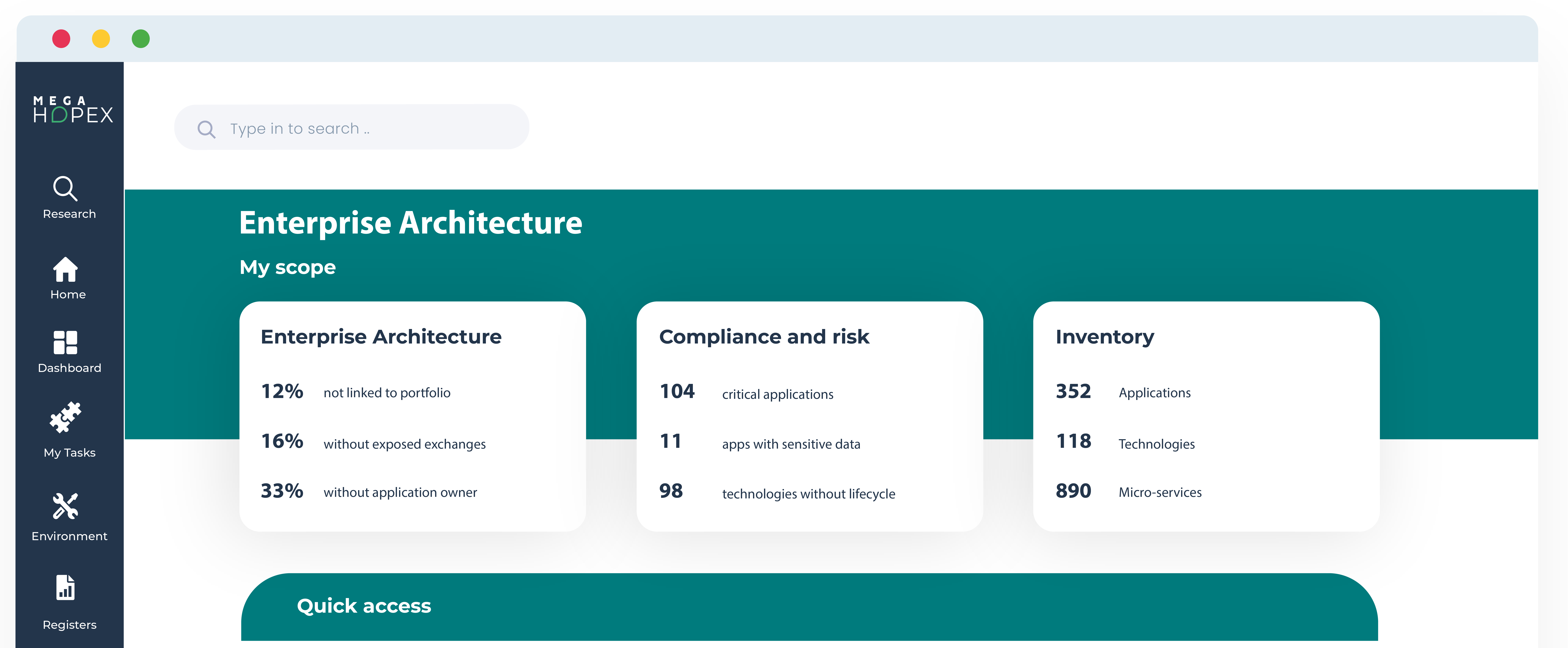
Enterprise architecture: How EA is the cornerstone of migrating SAP instances to the cloud
Originally scheduled for 2025 but ultimately delayed by two years, the unexpected mandatory shift of all SAP instances to the cloud caught everyone off guard. The recollection of arduous and intricate projects remains fresh. To prevent a recurrence of such challenges, there exists a singular remedy: treating this migration as more than just an IT endeavor but as a comprehensive transformation project. The enterprise architect emerges as a pivotal figure in guaranteeing the success of this initiative.
SAP in the cloud: Rethinking core processes and architecture
In its initial stages, ERP, particularly SAP, was frequently considered an ambitious undertaking. However, over time, it has demonstrated its effectiveness. From operational and commercial management to customer relationship management, human resources management, financial administration, and logistics operations management, SAP has proven its versatility in handling nearly every aspect.
While SAP has become indispensable for numerous organizations and their information systems, it has left behind a varied legacy. Some projects experienced delays, others were initially abandoned and later resumed, and challenges emerged in integrating with other systems or adapting to new processes. However, once implemented, whether it's an ERP of SAP origin or from another vendor, it proves to be not only useful but highly stable. Moreover, it ensures tangible improvements in efficiency, including faster decision-making and task execution, enhanced collaboration, regulatory compliance, and optimized budget management.
Hence, it comes as no surprise that the declaration of the obligatory shift of all SAP instances to the cloud, initially set for 2025 and later revised to 2027, has triggered apprehension in numerous companies. Concerns about potential costs, intricacies, required efforts, and risks associated with business continuity have surfaced. The paramount risk lies in addressing this project solely from an IT perspective. The key is to transform it into an opportunity to revamp processes and the fundamental architecture—this time, leveraging insights gained from prior deployments.
The enterprise architect, cloud migration strategist for SAP instances
As business requirements and processes have evolved since the initial implementation of SAP, the landscape has been shaped by successive mergers and acquisitions, necessitating connections between information systems. Unfortunately, the information system map hasn't always been consistently updated. Nevertheless, the valuable lesson from initial deployments is clear: only with a comprehensive understanding of businesses, their processes, and the information system can an ERP project be effectively managed and rendered more reliable.
In such circumstances, business architects play a pivotal role in bolstering this transformation initiative. Beyond providing an overarching perspective of the information system (comprising structure, interactions, handled data, supported processes, and hosted technical infrastructures), they also consolidate all the essential skills required for a successful migration project from SAP to the cloud. This involves concretely outlining the strategy and deployment scenarios. The approach may be structured by process, business function, geographic sector, etc., contingent on existing dependencies and the correlated risks of complexity.
Hence, with each formulated scenario, the enterprise architect can evaluate potential effects on the overall information system or on specific data (varying in criticality) – this evaluation includes estimating the financial repercussions. The goal is to ascertain the value-to-risk ratio for each scenario, enabling the prioritization of various phases in the migration process.
Creating a fresh architecture and implementing new processes: What's the approach?
During a transformation initiative, migrating SAP instances to the cloud transcends a mere replication of the existing setup. For the business architect, the foundational step is defining objectives and shaping the target architecture in the cloud. The impacts, such as changes in application structure and interfacing, costs, and service guarantees (SLA, security), will vary based on the decisions made. The challenge is to make informed choices for an application that remains central to the core business, even in the cloud.
Likewise, there's a need for a pre-migration effort to gather and standardize processes to effectively accommodate shifts in working methods.
Regardless of the approach taken, change management is a critical phase that demands attention. Given the project's genuine transformative nature, support is not incidental; it is integral for ensuring the project's seamless progression to completion and the swift adoption of new tools by stakeholders involved in the business.
Enterprise Architecture Related Content
Shift from a documentation tool to an operational tool and accelerate business transformation
MEGA HOPEX for Enterprise Architecture
Request a demonstration of HOPEX for EA, and see how you can have immediate value of your projects.








